A rangefinder camera the size of a Rubik’s Cube, machined from a solid block of aluminium, featuring a lightmeter and built-in filters: This is the little camera that was designed incongruously by a one-time Member of Parliament by the name of Noel Pemberton-Billing. Today, I suppose, he would be classes a “lawmaker”, rather similar in output and efficacy as a rainmaker. He was certainly a camera maker of some ingenuity, but one of a rather unpleasant bent as it transpires.
The most remarkable thing about this mystery rangefinder is that it was manufactured in Switzerland by the watchmaker LeCoultre, just about the time that the company changed its name to Jaeger LeCoultre after its long association with the Jaeger firm.
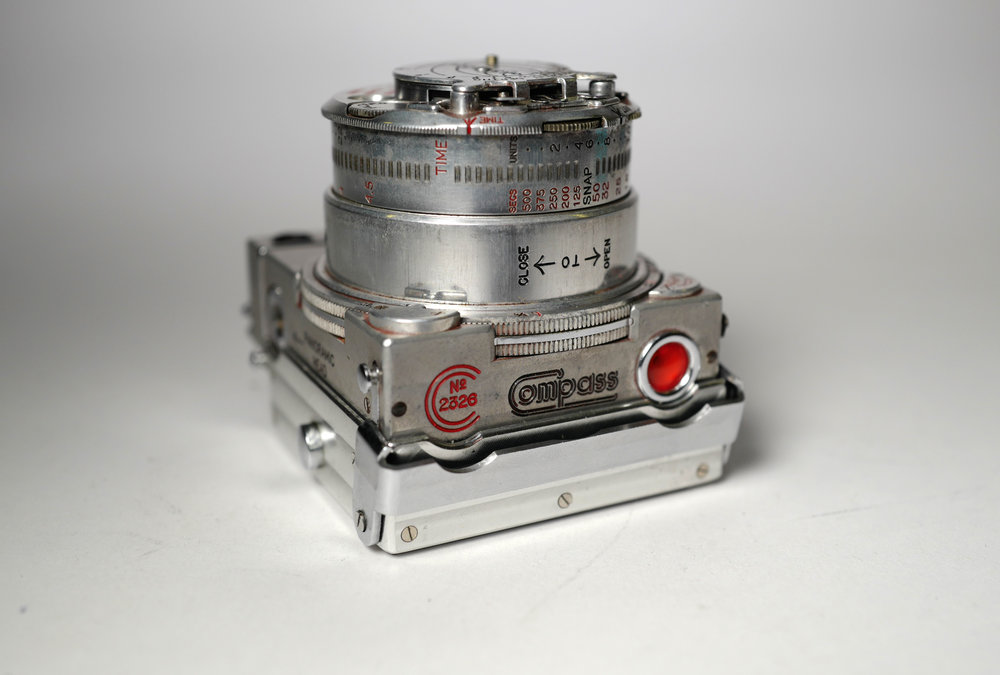
If ever there were a grande complication in the camera sphere, this Compass is it. In the late thirties it was a state-of-the art masterpiece with every convenience then known to camera man.
Last week I had the chance to fondle a rare near-mint example of the LeCoultre Compass, made exclusively for Compass Cameras Limited in London. You will recall the recent Bonham’s auction of Robert White’s extensive collection and our story about the £27,500 Leica M3. One item in the extensive list of cameras was this Compass. It was snapped up by Ivor Cooper of Red Dot Cameras, and that’s how I came to get my hands on it.
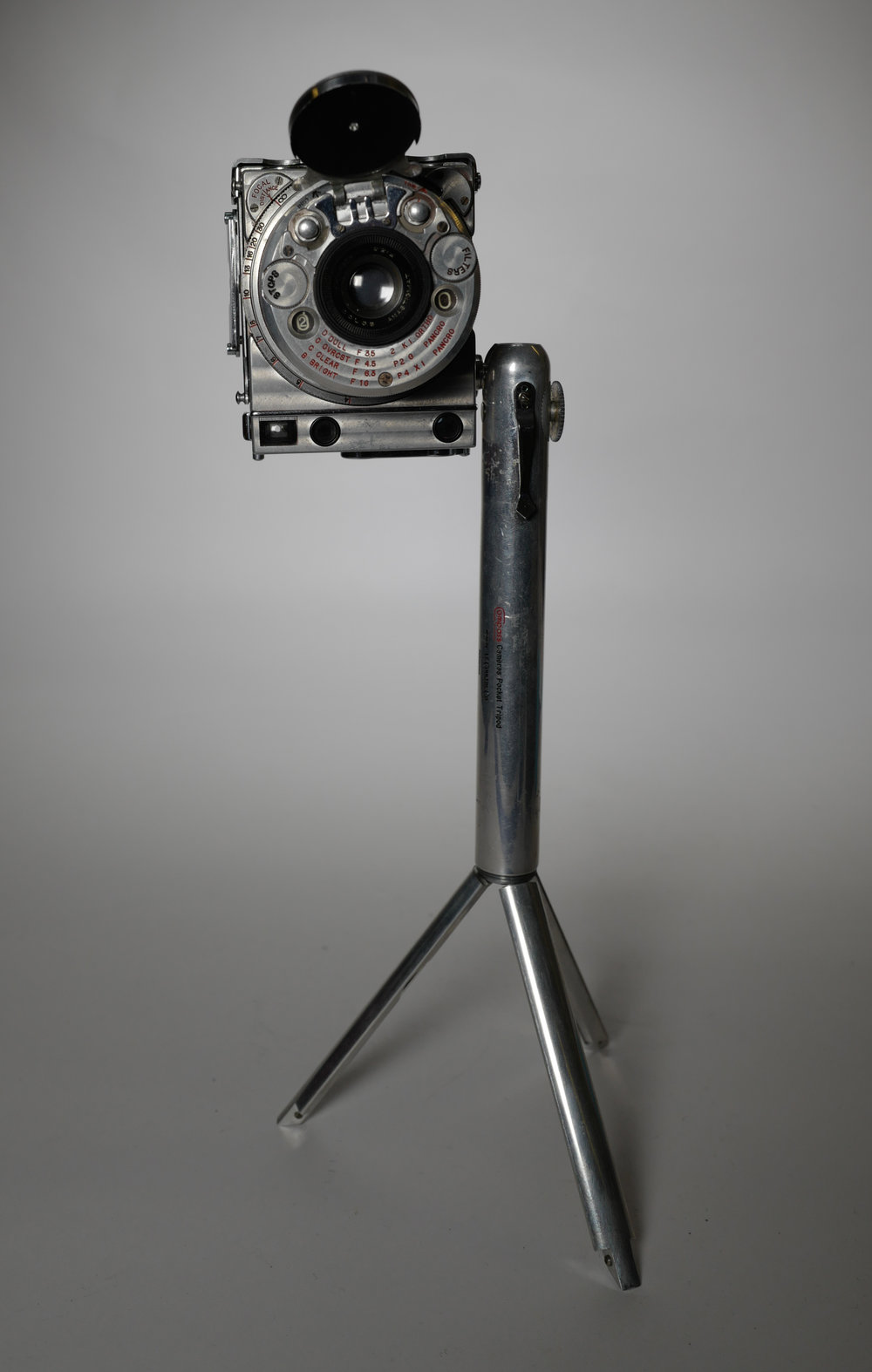
The camera was introduced in 1937 and ceased production in 1941 after the outbreak of war. Some 5,000 examples were made. The unusual rectangular body was machined from a solid block of aluminium, à la Leica T, but we have no firm knowledge of how much polishing time was expended in the Vallée de Joux. It measured 30 x 53 x 70mm with the lens closed and weighed a mere 220g. It handled 24 x 36mm exposures on plates but could also take specially made 8-exposure films.
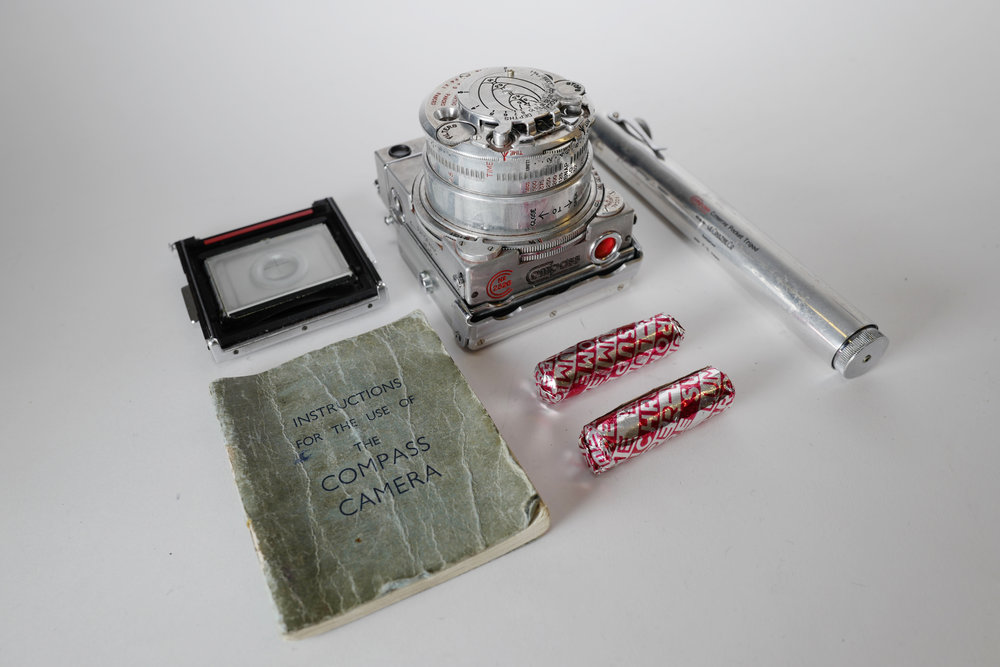
For such a compact camera, the Compass is a miniature marvel. It boasts two optical viewfinders to cover different angles and a ground-glass focusing screen with folding loupe for plate exposure. There is a built-in lens cap, three filters which can be moved into place by turning a small dial and a spirit level. It even had an extinction meter (Hmmm, so I didn’t know what that is, but I know somewhere that does). The retractable 35mm f/3.5 Kern anastigmatic lens offered a speed range from 4.5s to 1/500s.
The Robert White Compass came with the complete kit, including a small tripod, cable release and a leather box to keep everything safe. It even includes the original instruction manual.
Pemberton hyphen Billing, who conceived the camera, was a noted inventor with a special interest in aircraft. He also turned his hand to audio, inventing a recording system in 1922 and an unbreakable record, the Duophone, which had a short life in the 1920s. After the LeCoultre Compass he went on to develop the Phantom camera, designed for spies, but which never went into production. This is so rare that one prototype sold for £120,000 in 2001.
Sadly, Pemberton-Billing was by all accounts a rather unpleasant character with obsessive homophobic tendencies modelled on those of the 9th Marquess of Queensbury. As with many similar bigots he was remarkably ill-informed on the subject and droned on alarmingly about “evils which all decent men thought had perished in Sodom and Lesbia.”
He should have stuck to cameras and gramophones.
____________
- Pictures by Red Dot Cameras
- Subscribe to Macfilos for free updates on articles as they are published. Read more here
- Want to make a comment on this article but having problems? Please read this


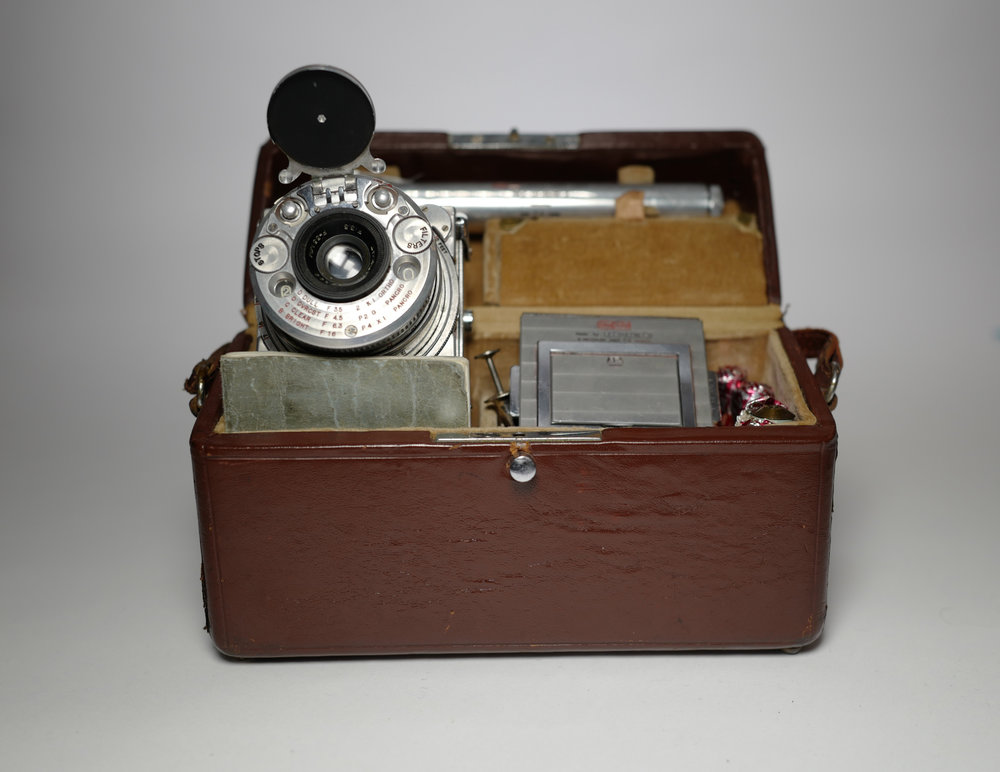
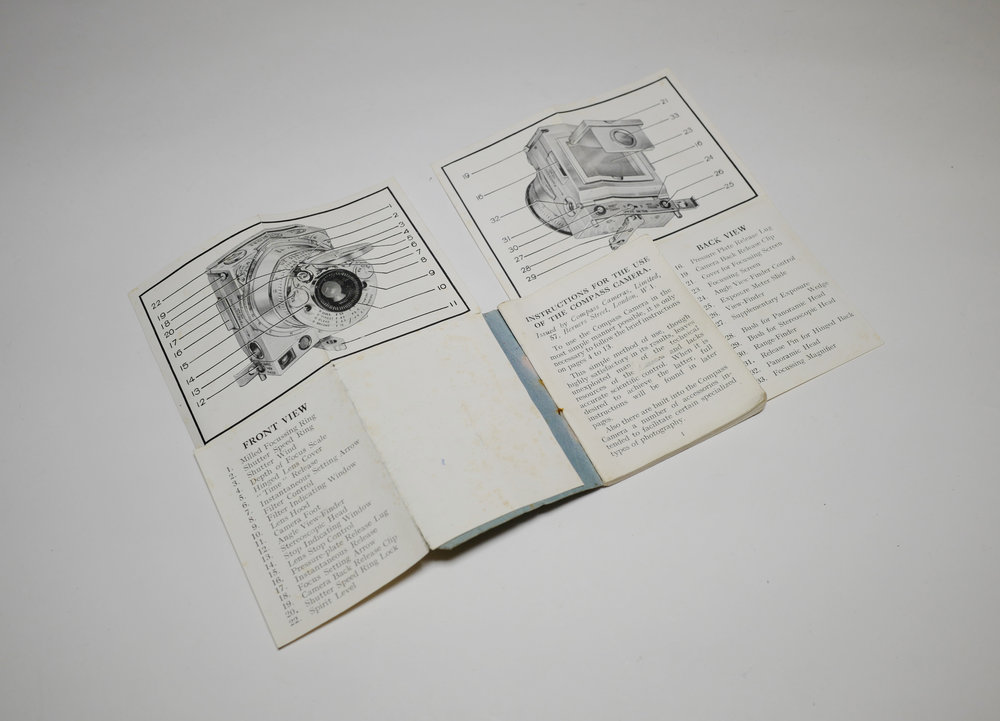
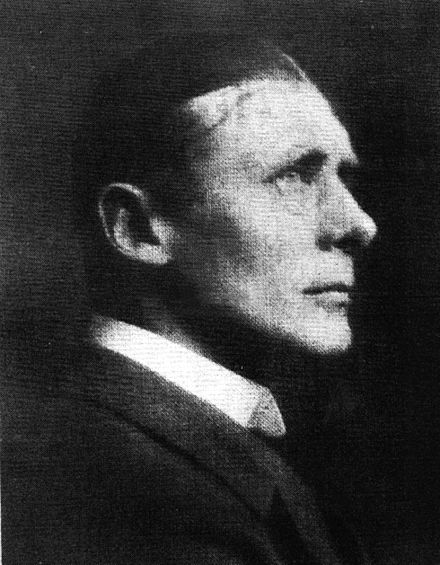
This reminds me of them droning on an on about Alan Turing’s homosexuality instead of just concentrating on what really mattered, his work. No one today cares if you are gay or not, as long as you produce, but some people for whatever reasons love to ruminate on stuff better left to cheap tabloids. These people are usually losers and failures in their own lives.
Firstly for Nora; this is exactly what collectors do. They buy items for the sake of owning them and the more strange they are, the better. This was never a very practical camera anyway, even in its ‘youth’. I am delighted that this one has found a good home with Ivor.
As for Pemberton-Billing, he seems to have had something of the obsessive compulsive behaviour often found in inventors. Strange as it may seem sometimes the biggest breakthroughs are made by the strangest of people, whether it is in the arts, science, engineering or just plain old invention. We like to think that we live in a more tolerant nowadays but looking at some of the ‘rising politicians’ (not mentioning anyone in particular) around the globe, even that appears to be under threat at this time. I am with Bill on the ‘live and let live’ doctrine.
Anyway we cannot blame the ‘son’ for sins of the father in this case. I hope that Ivor has many years of enjoyment from owning this wonderful device.
William
We all look at things through our own lens. Imagine what people will think of us in 100 years!
Great read Mike, as always.
Reading the Wikipedia on him conjures up quite a can of worms. My philosophy has always been "Leben und las leben" – Live and let live. Must have something to do with my German heritage! I’m sure Pemberton-Billing would have a problem with me on that.
Many mechanically creative people have very strange opinions of life in general, or strange lives lived around their creativity. Best to leave it at that.
Thanks, Bill. I agree on Pemberton-Billing but I suppose we are dealing with comments made over 100 years ago when he was an MP during the First World War. Leben und leben lassen seems logical from our viewpoint but tolerance was in short supply on matters of sexuality even 40 years ago, never mind 100 years ago. So perhaps we shouldn’t judge him too harshly!
Interesting piece Mike…
However, Pemberton-Billing clearly tried to make the world fit his prejudices and apart from being rare, this device had/has no practical value. A novelty for the sake of it.
From his Wikipedia biography, I would suggest that this man spent much of his time near Egypt….
i.e. In de-Nile. 🙂
Glass houses and what-not.